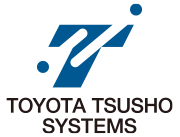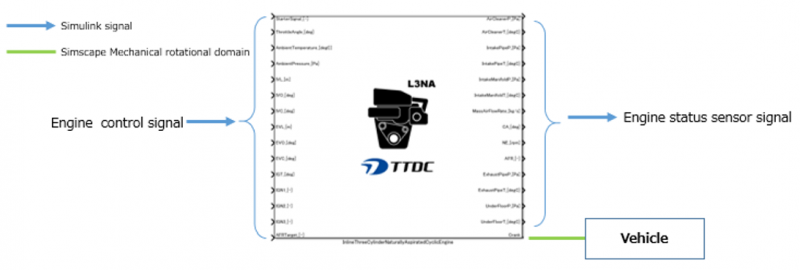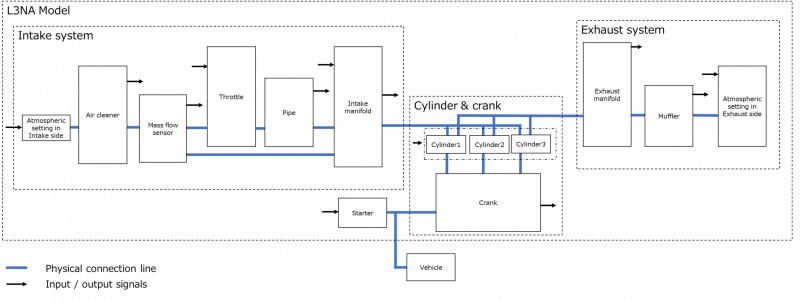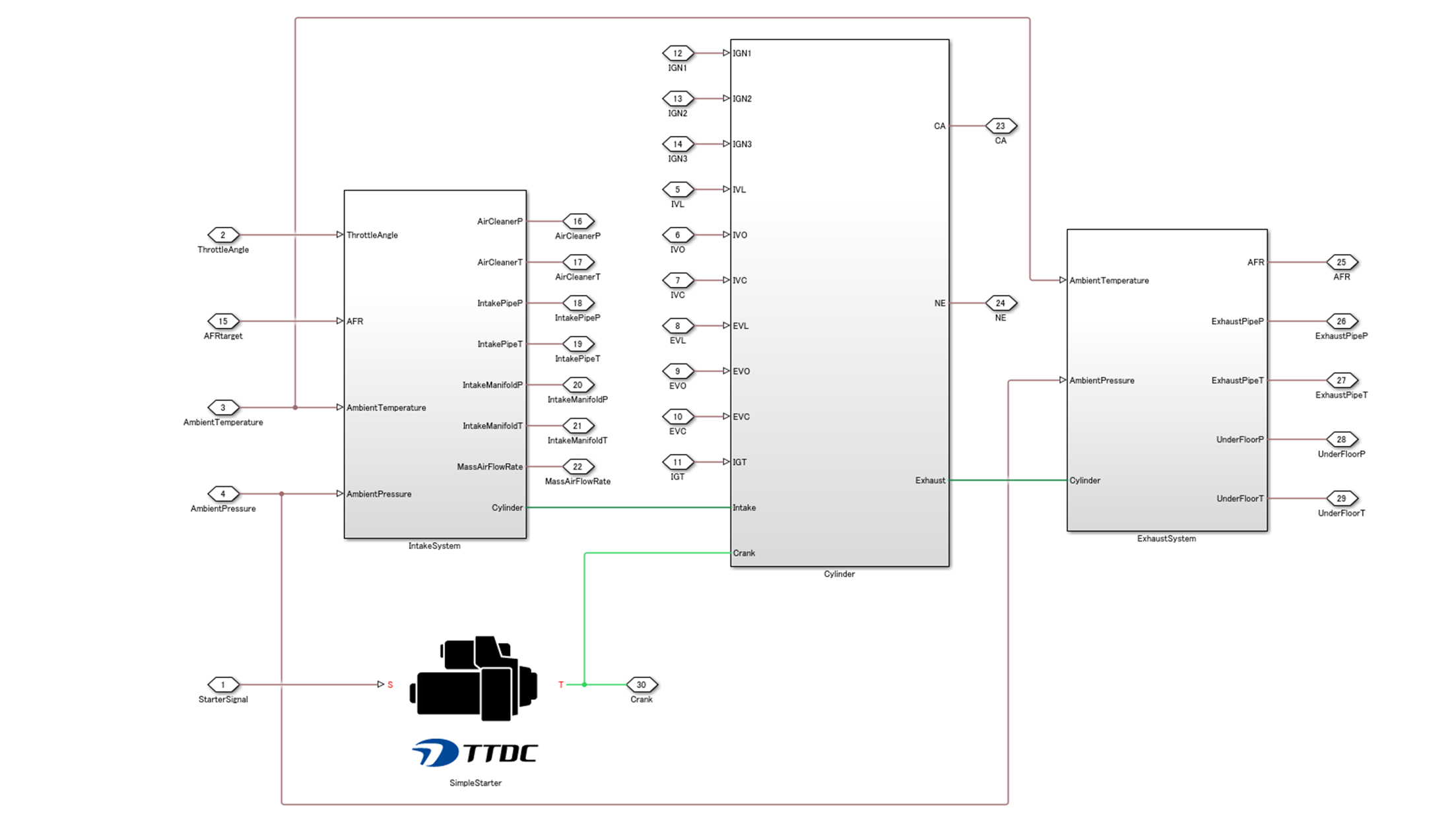Download
Ver. 1.0.1
for R2021a
Inline three cylinder naturally aspirated cyclic engine model that combines a cylinder, intake / exhaust pipe, crank, and starter.
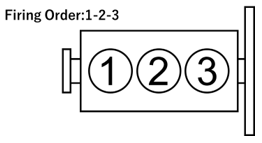 Connect an engine control signal to the input port.
Connect an engine control signal to the input port.Connect the engine condition sensor signal to the output port.
Connect the mechanical rotation domain signal to the physical conserving port.
By inputting 1 to the starter signal (StarterSignal_[-]), the starter operates and the engine starts.
It is possible to simulate a misfire by inputting 0 to the IGN of the corresponding cylinder.
The engine firing order is 1->2->3.
How to connect:
Internal configuration diagram:
The internal configuration of this model
Operating environment:
Block diagram:
Solver settings:
・Global solver
- Solver: Arbitrary
- Sample time: Dependents on the setting value of the local solver
・Local solver
- Solver: Backward Euler method
- Sample time: 0.1 msec
- Number of iterations: 3 times
- Solver: Arbitrary
- Sample time: Dependents on the setting value of the local solver
・Local solver
- Solver: Backward Euler method
- Sample time: 0.1 msec
- Number of iterations: 3 times
Model constraints:
- This model does not simulate or guarantee the behavior and behavior accuracy of the actual machine.
- If the file structure in the library folder is changed, this model does not work.
- Operation in other than the above operating environment and solver settings is not covered by the warranty.
- Operation with other than the supplied parameter set is not covered by the warranty.
- Lookup table settings in the model are fixed with Interpolation: Linear and Extrapolation: Nearest (final data retention).
- The initial condition is the engine stop condition.
- The initial condition is that the intake and exhaust pipes and the inside of the cylinder are filled with 1 atm and25degrees Celsius of fresh air.
- In the initial state, the model connected to the vehicle side shall be in a stopped state.
- Engine rotation direction is not compatible with reverse rotation.
- Engine revolutions do not support more than 8000 rpm.
- If the file structure in the library folder is changed, this model does not work.
- Operation in other than the above operating environment and solver settings is not covered by the warranty.
- Operation with other than the supplied parameter set is not covered by the warranty.
- Lookup table settings in the model are fixed with Interpolation: Linear and Extrapolation: Nearest (final data retention).
- The initial condition is the engine stop condition.
- The initial condition is that the intake and exhaust pipes and the inside of the cylinder are filled with 1 atm and25degrees Celsius of fresh air.
- In the initial state, the model connected to the vehicle side shall be in a stopped state.
- Engine rotation direction is not compatible with reverse rotation.
- Engine revolutions do not support more than 8000 rpm.
How to execute:
1. Set the folder containing the library to MATLAB current directory.
2. Read the parameter file.
3. Open the execution target model.
4. Run the model.
2. Read the parameter file.
3. Open the execution target model.
4. Run the model.
Download
Ver. 1.0.1
for R2021a
Ver. 1.0.1
for R2021a


